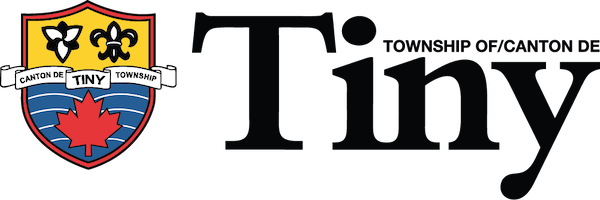Invasive species are considered one of Canada’s greatest threats to the survival of our wild animal and plant life. These species arrive, often accidentally, and establish in the absence of natural predators. As a result, these species kill, crowd out, and devastate native species and their ecosystems.
If you suspect an invasive species is located on Township-owned property, please report it to the Public Works, Parks Division.
Invasive plants and animals not only threaten wildlife, woodlands, and waterways, but they also cost Canada billions of dollars in losses to forestry, agriculture, fisheries, and other industries affected by their impact.
Invasive species are plants, animals, insects, and pathogens that are introduced to an area and cause harm to the environment, economy, or society. Non-native species aren’t automatically considered invasive species just because they come from a different area of the world – they must also cause negative environmental, economic, or social impacts.
Doing your part: Together, we can prevent the spread of invasive species and protect Canada’s environment, economy, and social well-being. Browse the resources available on this website to learn how to prevent the spread of invasive species and identify and report any invasive species you see!
LDD Moth (European Gypsy Moth)
In an ongoing effort to be inclusive organizations, the Township of Tiny and the Severn Sound Environmental Association (SSEA) are transitioning away from the use of “gypsy moth” and will be using the term “LDD moth” moving forward.
The LDD Moth (sometimes referred to as the Spongy Moth) is a non-native invasive insect from Europe that was brought to North America in the 1860's. LDD larvae (caterpillars) feeds on a wide range of deciduous and some coniferous trees.
Vegetation & Fungi
Invasive plants are harmful non-native trees, shrubs, and herbaceous plants that are spread by global trade, human and animal transport, and gardening. They invade forests and prevent native plants from growing, which can have negative impacts on how ecosystems function, on native vegetation, and native wildlife.
Many invasive plants cannot be used by wildlife for food which puts grazing pressure on the few native plants that remain. Invasive plants also pose threats to agriculture due to their ability to spread quickly, out-compete crop and forest plants, and deteriorate soil quality. Once they have taken hold, the thick spread of invasive plants makes them costly and time-consuming to remove.
Animals & Insects
Invasive animals and insects present a significant threat to terrestrial ecosystems because of their ability to spread disease, prey on or compete with native species, hybridize, and alter other important natural systems such as vegetation growth. Invasive animals and insects can accelerate biodiversity loss and cause disturbance, impacting the health of natural ecological communities.
Like many invasive species, invasive animals and insects may be spread unintentionally as a result of human activities, such as escape from enclosures. A lack of natural predators and controls allows them to proliferate and take over natural landscapes. Invasive species are widely recognized as one of the leading causes of biodiversity loss on a global scale and invasive animals and insects contribute to this issue by actively changing the ways in which ecosystems function.

